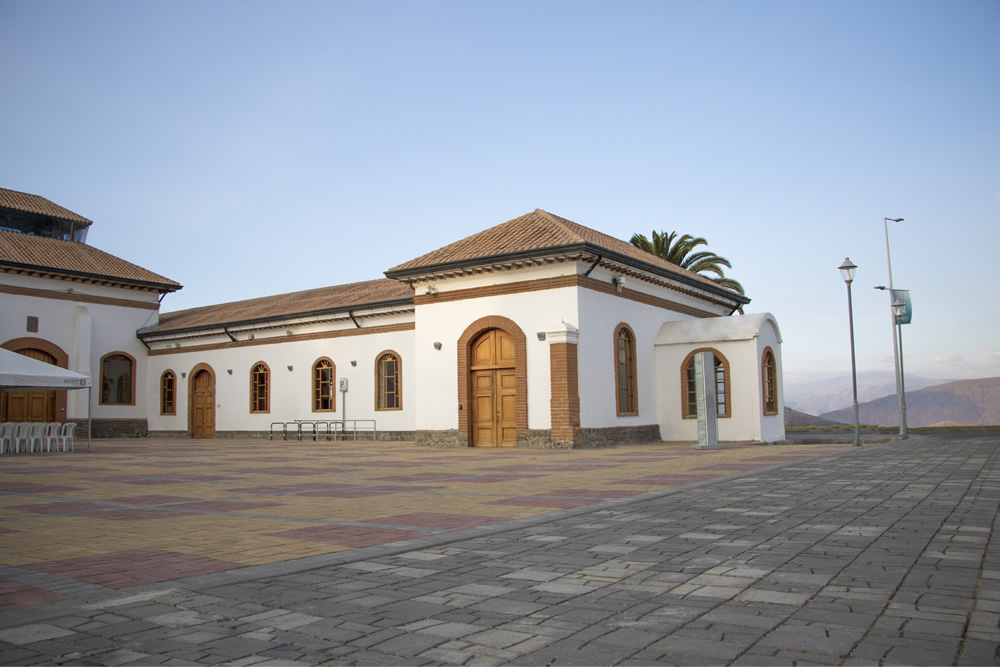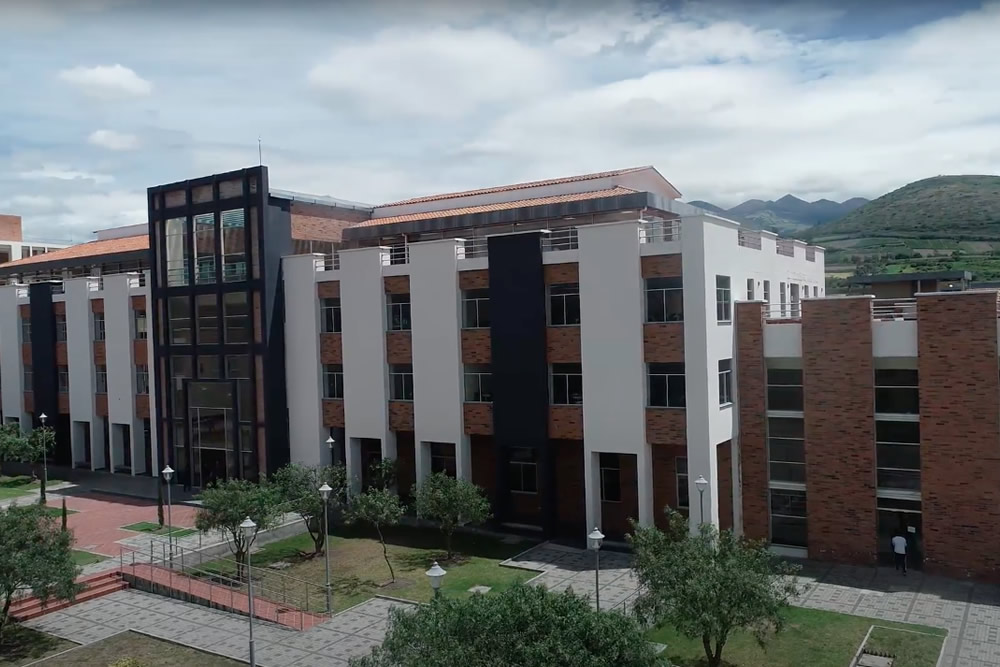Chemical looping systems for fossil energy conversions / Liang-Shih Fan.
Tipo de material: TextoIdioma: Inglés Detalles de publicación: Hoboken, NJ : Wiley-AIChE, c2010.Descripción: xiv, 420 p. : ill. ; 25 cm. + 1 CD-ROM (4 3/4 in.)ISBN:
TextoIdioma: Inglés Detalles de publicación: Hoboken, NJ : Wiley-AIChE, c2010.Descripción: xiv, 420 p. : ill. ; 25 cm. + 1 CD-ROM (4 3/4 in.)ISBN: - 9780470872529
- 0470872527 (hardback)
- 621.402 22
- TP156.F65 F348 2010
| Tipo de ítem | Biblioteca actual | Signatura | Copia número | Estado | Fecha de vencimiento | Código de barras | Reserva de ítems | |
|---|---|---|---|---|---|---|---|---|
 Colección general
Colección general
|
Biblioteca Yachay Tech | 621.4023 F1993c 2010 (Navegar estantería(Abre debajo)) | Ej. 1 | Disponible | 003603 | |||
 Colección general
Colección general
|
Biblioteca Yachay Tech | 621.4023 F1993c 2010 (Navegar estantería(Abre debajo)) | Ej. 2 | Disponible | 003604 | |||
 Colección general
Colección general
|
Biblioteca Yachay Tech | 621.4023 F1993c 2010 (Navegar estantería(Abre debajo)) | Ej. 3 | Disponible | 003605 |
Includes bibliographical references and indexes.
1. Introduction -- 1.1. Background -- 1.1.1. Renewable Energy -- 1.1.2. Fossil Energy Outlook -- 1.2. Coal Combustion -- 1.2.1. Energy Conversion Efficiency Improvement -- 1.2.2. Flue Gas Pollutant Control Methods -- 1.3. CO2 Capture -- 1.4. CO2 Sequestration -- 1.5. Coal Gasification -- 1.6. Chemical Looping Concepts -- 1.7. Chemical Looping Processes -- 1.8. Overview of This Book -- References -- 2. Chemical Looping Particles -- 2.1. Introduction -- 2.2. Type I Chemical Looping System -- 2.2.1. General Particle Characteristics -- 2.2.2. Thermodynamics and Phase Equilibrium of Metals and Metal Oxides -- 2.2.3. Particle Regeneration with Steam -- 2.2.4. Reaction with Oxygen and Heat of Reaction -- 2.2.5. Particle Design Considering Heat of Reaction -- 2.2.6. Particle Preparation and Recyclability -- 2.2.7. Particle Formulation and Effect of Support -- 2.2.8. Effect of Particle Size and Mechanical Strength -- 2.2.9. Carbon and Sulfur Formation Resistance -- 2.2.10. Particle Reaction Mechanism -- 2.2.11. Effect of Reactor Design and Gas-Solid Contact Modes -- 2.2.12. Selection of Primary Metal for Chemical Looping Combustion of Coal -- 2.3. Type II Chemical Looping System -- 2.3.1. Types of Metal Oxide -- 2.3.2. Thermodynamics and Phase Equilibrium of Metal Oxide and Metal Carbonate -- 2.3.3. Reaction Characteristics of Ca-Based Sorbents for CO2 Capture -- 2.3.4. Synthesis of the High-Reactivity PCC-CaO Sorbent -- 2.3.5. Reactivity of Calcium Sorbents -- 2.3.6. Recyclability of Calcium Oxides -- 2.4. Concluding Remarks -- References -- 3. Chemical Looping Combustion -- 3.1. Introduction -- 3.2. CO2 Capture Strategies for Fossil Fuel Combustion Power Plants -- 3.2.1. Pulverized Coal Combustion Power Plants -- 3.2.2. CO2 Capture Strategies -- 3.3. Chemical Looping Combustion -- 3.3.1. Particle Reactive Properties and Their Relationship with CLC Operation -- 3.3.2. Key Design and Operational Parameters for a CFB-Based CLC System -- 3.3.3. CLC Reactor System Design -- 3.3.4. Gaseous Fuel CLC Systems and Operational Results -- 3.3.5. Solid Fuel CLC Systems and Operational Results -- 3.4. Concluding Remarks -- References -- 4. Chemical Looping Gasification Using Gaseous Fuels -- 4.1. Introduction -- 4.2. Traditional Coal Gasification Processes -- 4.2.1. Electricity Production---Integrated Gasification Combined Cycle (IGCC) -- 4.2.2. H2 Production -- 4.2.3. Liquid Fuel Production -- 4.3. Iron-Based Chemical Looping Processes Using Gaseous Fuels -- 4.3.1. Lane Process and Messerschmitt Process -- 4.3.2. U.S. Bureau of Mines Pressurized Fluidized Bed Steam-Iron Process -- 4.3.3. Institute of Gas Technology Process -- 4.3.4. Syngas Chemical Looping (SCL) Process -- 4.4. Design, Analysis and Optimization of the Syngas Chemical Looping (SCL) Process -- 4.4.1. Thermodynamic Analyses of SCL Reactor Behavior -- 4.4.2. ASPEN PLUS Simulation of SCL Reactor Systems -- 4.4.3. Syngas Chemical Looping (SCL) Process Testing -- 4.5. Process Simulation of the Traditional Gasification Process and the Syngas Chemical Looping Process -- 4.5.1. Common Assumptions and Model Setup -- 4.5.2. Description of Various Systems -- 4.5.3. ASPEN PLUS Simulation, Results, and Analyses -- 4.6. Example of SCL Applications---A Coal-to-Liquid Configuration -- 4.6.1. Process Overview -- 4.6.2. Mass/Energy Balance and Process Evaluation -- 4.7. Calcium Looping Process Using Gaseous Fuels -- 4.7.1. Description of the Processes -- 4.7.2. Reaction Characteristics of the Processes -- 4.7.3. Analyses of the Processes -- 4.7.4. Enhanced Coal-to-Liquid (CTL) Process with Sulfur and CO2 Capture -- 4.8. Concluding Remarks -- References -- 5. Chemical Looping Gasification Using Solid Fuels -- 5.1. Introduction -- 5.2. Chemical Looping Gasification Processes Using Calcium-Based Sorbent -- 5.2.1. CO2 Acceptor Process -- 5.2.2. HyPr-Ring Process -- 5.2.3. Zero Emission Coal Alliance Process -- 5.2.4. ALSTOM Hybrid Combustion-Gasification Process -- 5.2.5. Fuel-Flexible Advanced Gasification-Combustion Process -- 5.2.6. General Comments -- 5.3. Coal-Direct Chemical Looping (CDCL) Processes Using Iron-Based Oxygen Carriers -- 5.3.1. Coal-Direct Chemical Looping Process---Configuration I -- 5.3.2. Coal-Direct Chemical Looping Process---Configuration II -- 5.3.3. Comments on the Iron-Based Coal-Direct Chemical Looping Process -- 5.4. Challenges to the Coal-Direct Chemical Looping Processes and Strategy for Improvements -- 5.4.1. Oxygen-Carrier Particle Reactivity and Char Reaction Enhancement -- 5.4.2. Configurations and Conversions of the Reducer -- 5.4.3. Performance of the Oxidizer and the Combustor -- 5.4.4. Fate of Pollutants and Ash -- 5.4.5. Energy Management, Heat Integration, and General Comments -- 5.5. Process Simulation on the Coal-Direct Chemical Looping Process -- 5.5.1. ASPEN Model Setup -- 5.5.2. Simulation Results -- 5.6. Concluding Remarks -- References -- 6. Novel Applications of Chemical Looping Technologies -- 6.1. Introduction -- 6.2. Hydrogen Storage and Onboard Hydrogen Production -- 6.2.1. Compressed Hydrogen Gas and Liquefied Hydrogen -- 6.2.2. Metal Hydrides -- 6.2.3. Bridged Metal-Organic Frameworks -- 6.2.4. Carbon Nanotubes and Graphite Nanofibers -- 6.2.5. Onboard Hydrogen Production via Iron Based Materials -- 6.3. Carbonation-Calcination Reaction (CCR) Process for Carbon Dioxide Capture -- 6.4. Chemical Looping Gasification Integrated with Fuel Cells -- 6.4.1. Chemical Looping Gasification Integrated with Solid-Oxide Fuel Cells -- 6.4.2. Direct Solid Fuel Cells -- 6.5. Enhanced Steam Methane Reforming -- 6.6. Tar Sand Digestion via Steam Generation -- 6.7. Liquid Fuel Production from Chemical Looping Gasification -- 6.8. Chemical Looping with Oxygen Uncoupling (CLOU) -- 6.9. Concluding Remarks -- References.
"This book presents the current carbonaceous fuel conversion technologies based on chemical looping concepts in the context of traditional or conventional technologies. The key features of the chemical looping processes, their ability to generate a sequestration-ready CO2 stream, are thoroughly discussed. Chapter 2 is devoted entirely to the performance of particles in chemical looping technology and covers the subjects of solid particle design, synthesis, properties, and reactive characteristics. The looping processes can be applied for combustion and/or gasification of carbon-based material such as coal, natural gas, petroleum coke, and biomass directly or indirectly for steam, syngas, hydrogen, chemicals, electricity, and liquid fuels production. Details of the energy conversion efficiency and the economics of these looping processes for combustion and gasification applications in contrast to those of the conventional processes are given in Chapters 3, 4, and 5. Finally, Chapter 6 presents additional chemical looping applications that are potentially beneficial, including those for H2 storage and onboard H2 production, CO2 capture in combustion flue gas, power generation using fuel cell, steam-methane reforming, tar sand digestion, and chemicals and liquid fuel production. A CD is appended to this book that contains the chemical looping simulation files and the simulation results based on the ASPEN Plus software for such reactors as gasifier, reducer, oxidizer and combustor, and for such processes as conventional gasification processes, Syngas Chemical Looping Process, Calcium Looping Process, and Carbonation-Calcination Reaction (CCR) Process."--Provided by publisher.
No hay comentarios en este titulo.




